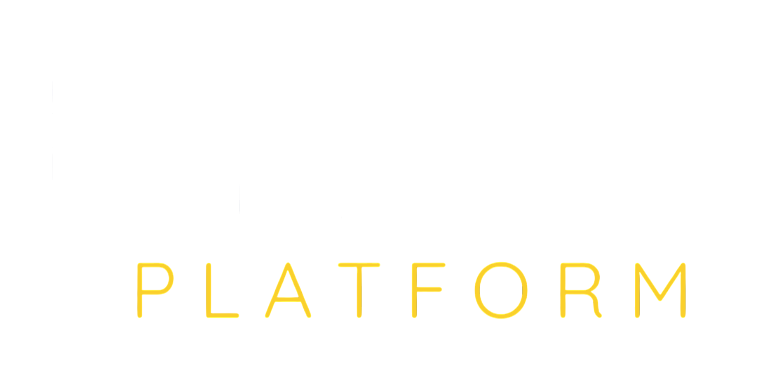
What Is Front-End Development and Why It's Crucial for Modern Websites
7/24/2025
When you visit a website and see a sleek layout, responsive design, smooth animations, or fast-loading interactive features you're experiencing front-end development in action. But for those not in the tech world, the question remains: what is front-end development, really?
This guide breaks it down simply and practically. Whether you're a business owner, aspiring developer, or someone curious about how websites work, understanding front-end development will help you appreciate what makes the web tick and how your users experience it.
What Is Front-End Development?
Front-end development refers to the process of building the visual and interactive aspects of a website or web application the parts users see and interact with directly in their browser.
It involves translating design concepts into code using technologies like:
- HTML (structures the content)
- CSS (styles the appearance)
- JavaScript (adds interactivity)
So, when we ask what is front-end development, the answer is simple: it's everything you see on a website that you can click, read, scroll, tap, or engage with.
Front-End vs. Back-End: What's the Difference?
To fully grasp what front-end development means, it's helpful to understand how it differs from back-end development.
- Front-end = the client-side (what users see)
- Back-end = the server-side (where data is processed and stored)
Think of a website like a restaurant:
- The front-end is the menu, the table setting, and your interaction with the waiter.
- The back-end is the kitchen, database, and everything happening behind the scenes.
While the front-end focuses on layout and usability, it must also work closely with the back-end to retrieve and display dynamic data (like your profile, messages, or search results).
Key Tools and Technologies in Front-End Development
Modern front-end development is much more than HTML and CSS. Developers use frameworks, libraries, and build tools to create fast, scalable, and engaging interfaces.
Here are some of the most common technologies:
- React, Vue, Angular – JavaScript frameworks for building UI components
- Tailwind CSS, Bootstrap – CSS frameworks for responsive styling
- Webpack, Vite, Parcel – Build tools to bundle and optimize assets
- TypeScript – A superset of JavaScript that adds type safety
- APIs – Interfaces to fetch data from servers (e.g., product listings, user details)
These tools help developers create seamless experiences across devices and screen sizes.
Why Front-End Development Matters for Your Business
If you're wondering what front-end development has to do with your brand, the answer is: everything. Your website is often your first impression and the front end defines that experience.
A well-executed front end:
- Improves user engagement and retention
- Reduces bounce rates
- Increases conversion rates
- Builds trust and brand credibility
- Enhances accessibility and mobile usability
In today's fast-paced digital world, slow, clunky, or outdated front ends don't just annoy users they lose business.
Trends Shaping the Future of Front-End Development
The front-end landscape is always evolving. Here are some trends shaping where it's headed:
- Jamstack architecture (faster, more secure, and scalable)
- Headless CMS integration (separating content from code for more flexibility)
- Web accessibility (ensuring inclusive experiences for all users)
- Progressive Web Apps (PWAs) that work offline and feel like native apps
- AI and personalization to deliver tailored experiences based on behavior
Understanding what is front-end development also means staying aware of where the industry is going and how it impacts your site's performance and usability.
Who Needs Front-End Development?
In short everyone with a website.
Whether you're:
- A startup launching your MVP
- An agency rebranding your site
- An eCommerce store optimizing your product pages
- A SaaS platform creating a user dashboard
You need front-end development to create a user experience that converts visitors into customers.
Final Thoughts: What Is Front-End Development and Why You Should Care
To wrap it up, front-end development is the bridge between design and functionality. It's what makes websites intuitive, attractive, and usable. From simple blogs to complex dashboards, the front end shapes every user's experience.
Understanding what is front-end development isn't just for developers it's for marketers, designers, founders, and product managers too. Because great front-end experiences are what turn traffic into trust.
Let Bytes Platform Build Your Front-End Experience
At Bytes Platform, we specialize in building fast, beautiful, and scalable front-end experiences. Whether you need a full UI build, performance optimization, or front-end integration with your back-end we've got the expertise and modern stack to make it happen.
Reach out today to start creating user-first, high-performance websites that keep your audience engaged and your brand growing.
Related Articles

6 Predictions for the Future of AI Search in 2026
6 Predictions for the Future of AI Search in 2026

Cloud Storage vs Local Storage Security: Which Is Safer for Your Data
Cloud Storage vs Local Storage Security: Which Is Safer for Your Data

Building Effective Marketing Strategies
Building Effective Marketing Strategies

